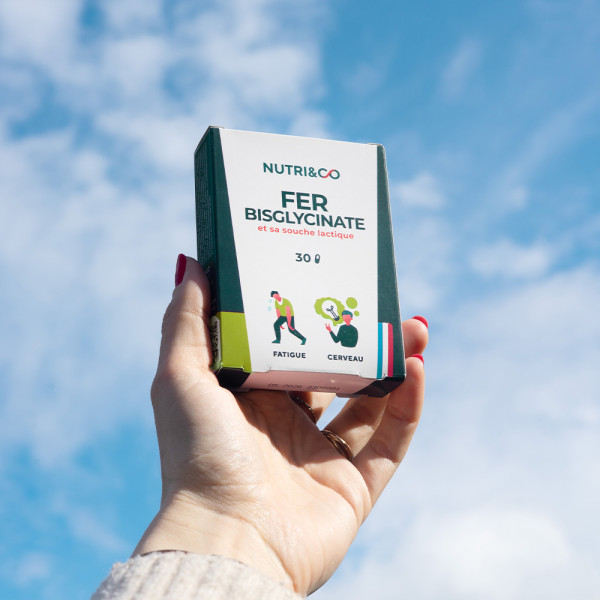
(92)
Iron and Its Lactic Strain
€17.90
For WHO *, meeting the population's iron needs is a major concern. Mainly concerned, however, women know the inconveniences of massive iron supplementation. Far from the classic formulas often responsible for digestive disorders, our formula, which optimizes the absorption of iron, is based on a lactic strain, vitamin C and folate. View more
*World Health Organization
Iron and Its Lactic Strain
€17.90
Paiement
sécuriséLivraion offerte
dès 69€ d'achatLivraion
en 48hFaites des
économiesParrainer
un procheRécompenses
fidélité









